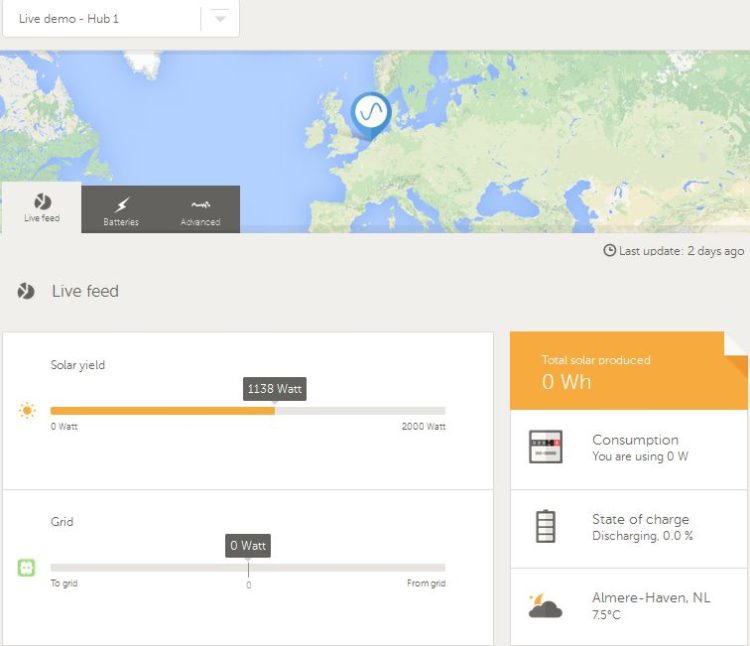
Update Monday December 12th 2016: all polices except policy 3 (Disconnect from mains when possible), have been deprecated in favor of ESS.
Update Monday November 7nd 2016: removed all mentions of the VE.Can to VE.Bus interface, since it is no longer required.
Update Saturday March 8th 2014: added FAQ item about interface price
So, as everyone has been able to witness, this was quite some more work than we anticipated. But now, in a little rush before the weekend, I have the honor to bring the good news: it has been done!
What is Hub-1?
Solar chargers will normally reduce their power when the batteries become full. Otherwise they would overcharge the batteries. Solar power is obviously wasted when reducing the output power. For off-grid systems one could start a pump, or a heater, or do something else that uses this ‘excess’ power. And in on-grid systems in countries with a feed-in tariff it would pay to keep converting at the Maximum Power Point, and then have the Multi feed that surplus back into the grid. And that is exactly what we call a Hub-1 system: as soon as batteries are becoming full, the solar charger will keep operating at the maximum power point and ‘push’ as much power as possible on to the DC. The Multi, in constant communication with the Solar charger, will take that excess power and feed it back into the grid.
More background information about Hub-1 can be found in my previous blogpost about Hub1, and in my father’s excellent brochure about Self-consumption and Energy Storage.
Hub-1 allows several selection policies, as explained on this page of the Assistant:
Requirements
- The Multi or Quattro needs to have the new microprocessor: make sure that the 7 digit firmware version number, as written on the microprocessor, starts with 26 or 27. Old, and therefore incompatible, Multis and Quattros have a firmware version starting with 19 or 20.
- The Multi or Quattro needs to be updated to the atest xxxx4xx firmware.
- The MPPT needs to be a Victron BlueSolar MPPT 150/70, and updated to the latest firmware version. Download it from our Professional Portal. Update instructions here. v2.01.
The VE.Bus to VE.Can interface is needed to connect the Multi or Quattro to the MPPT 150/70. Partnumber ASS030520105. Minimum firmware version is v1.18.Update 2016-11-07: it is no longer needed, see the CCGX v1.73 blogpost for details.- Terminate the VE.Can network with VE.Can RJ-45 terminators. They come with the Color Control, and are also available separately in a package of two.
- It might be necessary to install an anti-islanding in front of the Multi/Quattro to make sure that the system complies to local regulations.
FAQ
Can I make an Hub-1 system with the other Victron solar chargers (75/15, 75/50, … )?
Yes.
What about Multi Compacts, can they be used?
Yes, they can be used. There is a disadvantage though: when inverting, and therefore disconnected from the Grid, the Multi Compact cannot quickly switch back from Inverter mode to the grid in case of an overload. This means that it is not possible to use Multi Compacts for systems with a possible load higher than the maximum inverter power.
Where can I find an Anti-Islanding device?
Ask your Victron representative. The regulations differ per country, see also Google and search for ENS and/or Anti-Islanding device.
Conclusion
I am sure there are many more questions, please use the comments. Early next week I’ll add a schematic that shows the system.
Have a good weekend! Matthijs






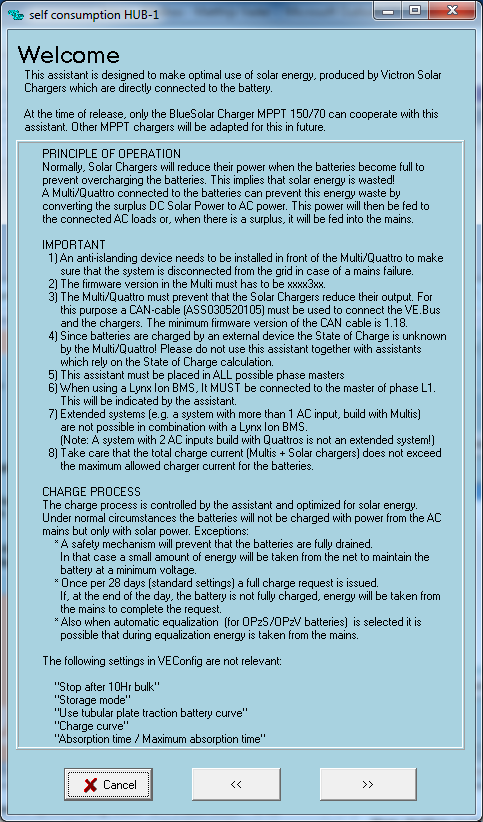
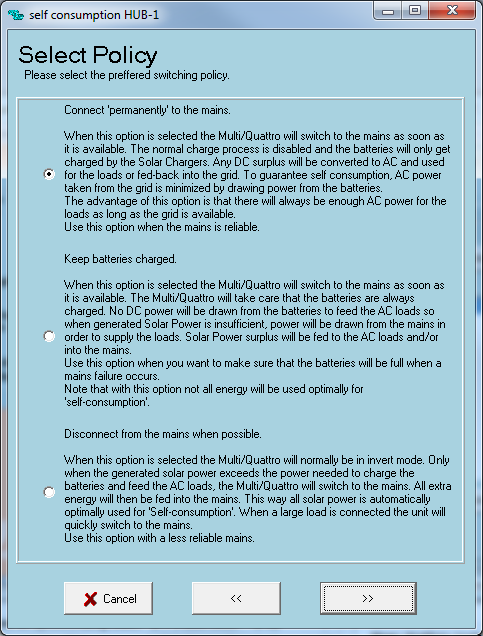
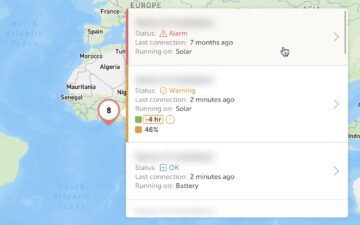

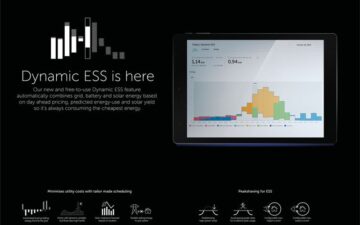









 #victronenergy #adventure
#victronenergy #adventure
 ELECTRICS
ELECTRICS 
